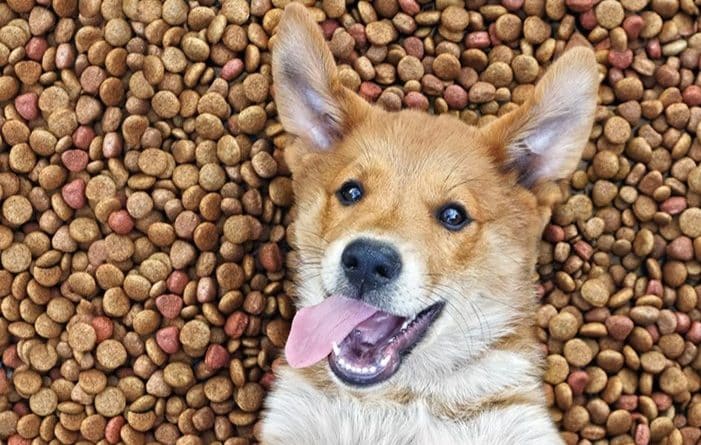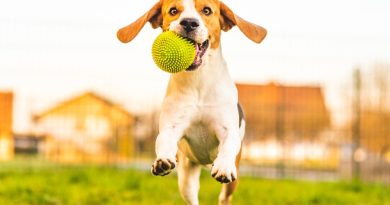Everything about food: the best, how to choose, what are the benefits?
Providing puppies with the right food and ideal amounts every day is a constant concern for instructors. Pet food (puppies, adults and seniors) needs to be balanced and provide a variety of nutrients for your pet’s health and well-being.
Faced with the multitude of options available in pet stores, supermarkets and specialized stores, we often ask ourselves which one is ideal, as a diet rich in nutrients is essential for our pets to have a high quality of life and be protected from diseases. . To help you make the right choice, we’ve put together a list of food types for each stage of life. Take a look below to find out which one you can gift your best friend!
Discover the different types of food: dog food for each stage of life
Food for puppies: As mammals, puppies’ first food is mother’s milk until the eighth week of life. However, it is common for puppies to develop an interest in solid foods from the fourth week onwards. For this dietary transition, it is important to choose moist foods or soften foods with water until they obtain a puree texture. Dry food can be made more consistent or mixed with wet food as the puppy grows. Another very common question about feeding puppies is the quantity offered. Veterinarians recommend providing the necessary daily amount throughout the day, which varies according to age:
- 2 months: 4 to 6 times a day
- 3 months: 4 times a day
- From 4 to 6 months: 2 to 3 times a day
- After 6 months: 2 times a day or according to your veterinarian
A very common question is whether you can give your dog milk, but once the pet is weaned, it is not necessary, he has been allowed to eat. Your puppy becomes an adult between 12 and 24 months – depending on breed and size. If in doubt, consult your veterinarian to find out the correct time to change the food.
Adult dog food: Your dog has grown up and can now feed the adult dog its own food. During each stage of life, the need for nutrients changes daily, so it is necessary to provide adequate nutrition during these stages. The choice of dry or wet food is at the discretion of the instructor, taking into account the animal’s preference, as both are rich in nutrients. A mix of the two types can also be considered when deciding. Race, age, lifestyle and especially health can affect daily diet. When it comes to health, we must bear in mind that we must consult a veterinarian to properly feed a dog with skin allergies, adjust the diet of a pregnant dog or know how to choose the best food for an obese dog. Unlike puppies, adult dogs only need to be fed once or twice a day.
Food for elderly dogs: From the age of 7, your dog is considered elderly and will need another dietary transition. Food for older dogs is rich in antioxidants and essential fatty acids. These nutrients are important for strengthening joints and the immune system. Unlike energetic dogs, older dogs become less active and may develop obesity. As a result of being overweight, other health problems can develop, especially in the joints. Therefore, it is important to adjust your diet again. As with the transition from puppy to adult food, the transition to senior foods should be gradual, as sudden changes can cause digestive discomfort.
Standard, premium or super premium: discover the compositions
Ultra-Premium Feed: This type of feed is produced from high-quality, highly digestible animal protein. The nutritional content of this feed provides less satiety compared to other feeds. In addition to these benefits, depending on the brand, super premium foods are also rich in omega 3 and 6 (antioxidants important for the health of your dog’s skin and coat). Not only is it good for your pet’s health, it also helps maintain oral health and shiny coats.
Premium food: The difference between premium and ultra-premium is that it has a percentage of vegetable protein in its ingredients, which is also healthy, but less satiating, so it is necessary to provide a greater amount to eliminate the feeling of hunger. of your dog. Depending on the brand of food, it may contain preservatives, dyes and low-quality animal protein, such as bones instead of chicken. It is best to look for options that do not contain these additives that are less beneficial to your pet’s health.
Standard Dog Food: The least refined of the three foods, this food is made with simpler proteins, which may be difficult for some dogs to digest. Here, other nutritional enhancements to the highest quality feed ade, such as vitamins and omega 3 and 6, are also excluded.
Economy Feed: This is the cheapest option, but has the lowest nutritional value. It is made from a mixture of ingredients such as soybean meal, wheat, corn and rice, and has a low percentage of animal protein. It is usually sold in supermarkets, non-specialized stores and feed mills.
“Natural” dog foods: Dog foods are considered natural when formulated without GMOs and when natural preservatives are required – rosemary extract is the most common. This food contains proteins and other vitamins from fruits and vegetables.




